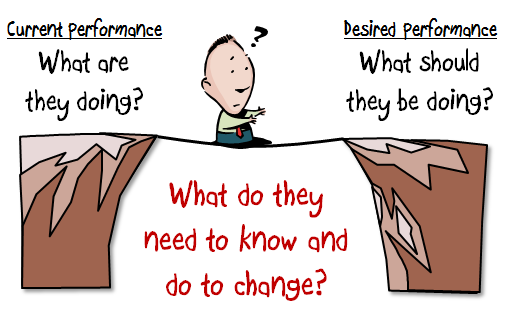Last week, we discussed the basics of Retargeting. I have explained from my previous post that the big bulk of the time you use in setting up your Retargeting campaigns should be spent on precise planning of your strategies and objectives. Ensuring that every aspect of your retargeting strategy is resulting to the best possible ROI.
Today, I will be outlining Retargeting strategies for B2B, eCommerce & Publisher that you can apply to your Retargeting projects and how to measure the performance of your campaigns.
7 Tips on Retargeting for B2B
The narrow audience of B2B sites make themselves relevant by visiting the site, a clear sign that they are interested in a product or service. Retargeting is a great way for B2B sites to provide the customer with information/products/services that they have been trying to find. Here are 7 tips on how B2B marketers can target their narrow audience:

1. Add all sites to your target list. As they always say, you won’t know unless you try. This would at least tell you who has the most interest for the services you are offering.
2. Keep in mind your individual categories and services. You always have to think of the products that will give you the most bang for your buck. Focus on it and use the revenue you’ll get out of it to advertise more.
3. Target those who sign up for service information and updates. This only means that they are already a part of your search funnel and have already expressed interest.
4. Combining Retargeting & Placements/Topics Option. Filter further to what you know works.
5. Upsell basic service to premium or upgraded version. Target your existing subscribers.
6. Think carefully about your industry. If you are promoting healthcare services, think of a typical buying cycle of these types of industry.
7. Capture Return on Ad Spend (ROAS) for each strategy daily.
Also Read: Retargeting Statistics Worth Thinking About
7 Ways to Use Retargeting for eCommerce
Retargeting is commonly used by eCommerce sites because it’s one of the most effective ways to bring back potential customers who didn’t make a purchase or to entice them into buying related items. Here’s how you can successfully target those customers:

1. Schedule Retargeting efforts at specific intervals. For instance, retarget prospects who viewed your shopping cart but didn’t complete the purchase at one day, 15 days, and 30 days.
2. Create specific ads for each products.
3. Target consumers who viewed a specific promotion but did not continue with the purchase.
4. Retarget users at a specific time interval after they have made an initial purchase. Ex: Replacement parts and upgrades.
5. Promote accessories to a larger purchase.
6. Target those who have recently purchased similar items when a related product becomes available. Ex: “Now Available” Ad.
7. Target potential customers who have completed “mini-conversions”, such as registering for free samples, with offers for the full-size or standard version.
7 Ways to Use Retargeting for Publisher
Site Retargeting is the practice of serving targeted display ads to people who have previously visited your site. Below gives you quick ways to establish a good Retargeting campaign.
1. Establish offers that can’t be found on your website to entice prospects to visit (special landing page).
2. Target your ads to forum participants or site members.
3. Target loyal customers with VIP specials and sales.
4. Entice with an offer your potential customers can’t refuse.

5. Send enquiries to the people who have visited your FAQ page.
6. Send email reminders to customers who have purchased in the past as they might be willing to buy again.
7. Retarget customers who had a good experience with your site.
How to Measure the Success of Your Retargeting Campaign
Measuring results in Retargeting can tell you how successful your ad campaign is. Either you use Google AdWords/Analytics Conversion Tracking (ecommerce, goals or events), link Analytics & AdWords, viewing campaign/ad group level results, you are the only one who can tell if you already met the desired results.

How do you set a threshold? Anything spend-related always has to be driven by return on investment rather than simply plucking figures out of the air. It’s always best for your interest to target maybe 2 or 3 of your top-selling products, measure the return, then use any profit to advertise more products.
At the end of the day, we all know that there’s no “one size fits all” solution. Their business and yours are as unique as ours.





